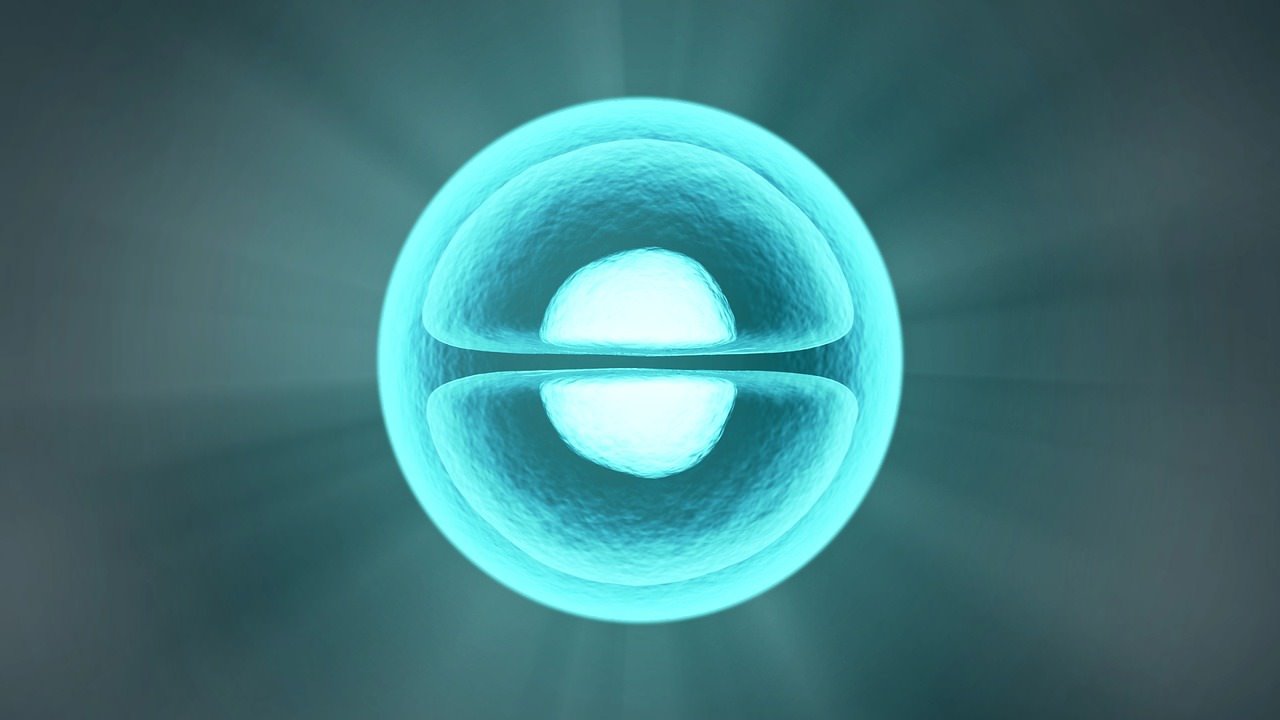Has the time come for single embryo transfer?

Innovative techniques are persistently growing for infertility treatment. The evolving industry is giving great expectations to most of the people who want to experience parenthood. It seems exciting to be a mother of more than 1 baby and is often a happy moment for every parent. But in multiple pregnancies, there is a risk of complications like premature birth, congenital abnormalities, and mother will more likely to have health issues like gestational diabetes, anaemia, and high blood pressure. In addition to this, a premature baby needs special care in the Intensive care unit (ICU). So, single embryo transfer (SET) is good option to overcome these problems. Single-embryo transfer (SET) is a process in which one high-quality embryo is placed into the uterus. So, the main focus is to reduce the twin rates in pregnancy by using the single embryo transfer technique.
In the recent years, SET has extensively accepted due to the reason that it reduces the possibility of twins and triplets and also it is safe for both baby and mother. According to the American Society of Reproduction Medicine, single embryo transfer should be considered for patients with favourable prospects usually women who are under the age of 35 or younger with good quality eggs.
Single Embryo transfer (SET) is done when the embryo is at the blastocyst stage. And it is the stage when the best quality embryos can be identified more accurately. A blastocyst stage transfer is a more viable embryo for transfer which reduces the multiple pregnancies. Nowadays, the embryo screening technologies are highly developed, through which embryologist are able to get best single embryo with the goal of achieving a good singleton pregnancy and which reduces the possibilities of multiple gestation and miscarriages.
Through, cryopreservation technology embryos are preserved in frozen condition with no risk even after they have been cultured in the lab to the blastocyst stage. With the help of advanced tools, embryologists can provide the appropriate environment for embryos to grow, as well as methods to recognize that embryo which is likely to develop a baby. This contributes to the probability of success on the first embryo transfer as well as successive transfers.
Due to the advancement of the technology, the majority of patients are able to conceive through single embryo transfer. Success rates of Single embryo transfer (SET) have increased considerably over the past 5 years, making it nearly as likely to achieve a successful pregnancy embryo as with two or more embryos.
















